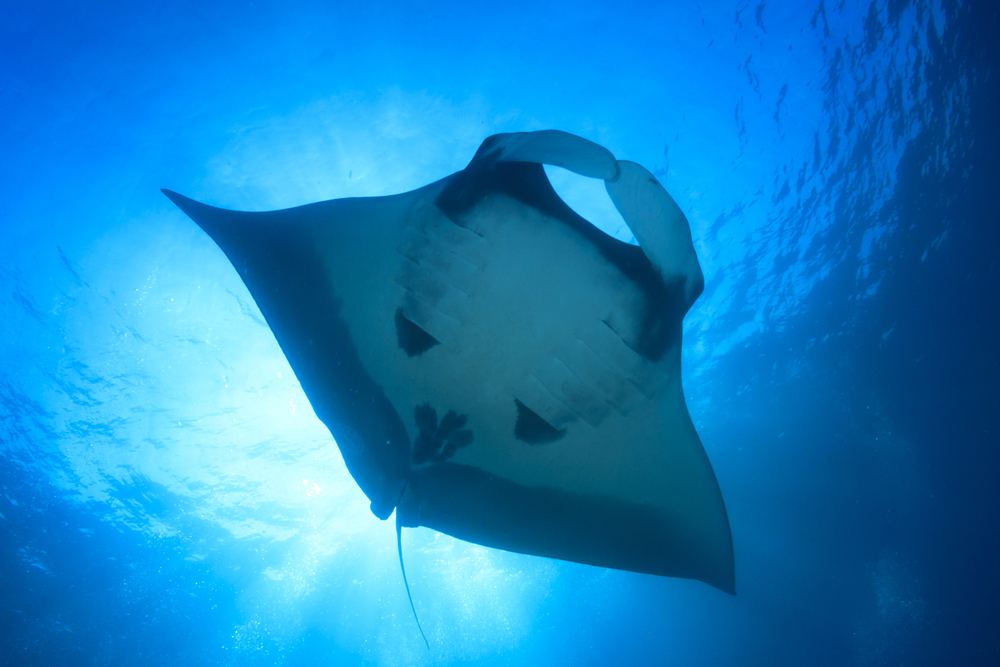It is evident robots can aid scientists when it comes to understanding different families of animals better. A new project focuses on a robotic manta ray, which has been released into the ocean to conduct reconnaissance missions. Interestingly enough, this robot is soft-bodied on the outside, making it appear very lifelike.
Robotic Manta Rays Are A Thing Now
Not a week goes by without scientists coming up with a new and bold plan to study specific animal species. Using a robotic manta ray may sound like they are taking things a bit too far, yet the concept has a lot of merit. To be more specific, this optical “creature” can be used to spy on underwater creatures without disturbing their day-to-day activities.
Some people refer to this new robot as a “drone of the deep”, which seems to be a fair assumption. The robot swims like a manta ray and has the external look of one too, yet it is anything but a native species. Moreover, there are no motors or other machinery to be found within the soft-bodied robot. Interestingly enough, the lack of a motor is seemingly making it faster than any previous robotic fish model the world has seen to date.
It is important to note this particular robot will serve multiple purposes. Not only can it observe native marine life, but it can also be used to look for submerged wrecks. Since the robot has a soft body, it can easily bypass most obstacles without too many problems. This is especially valuable as the robot makes it way through coral reefs.
Most people wonder how such a robot is capable of moving so fast without a motor. While it is true doing so poses significant challenges, this particular manta ray uses artificial fin muscles. There is also a silicone-encased lithium battery to supply a voltage to the fins, allowing the manta ray to “swim”. It is quite an intriguing concept, to say the least, and it goes to show how far science and technology have come over the past few years.
This new approach results in a swim speed of around 6 centimeters per second. That is twice the previous maximum swimming speed achieved by robots. However, it still pales in comparison to the natural swimming speed of aquatic life. That being said, making a robotic manta ray swim for about three hours without additional charge is quite a significant development. Moreover, the video camera mounted in its eyes allows for monitoring the surroundings, which can provide scientists with invaluable information moving forward.
What is even more interesting is how the electronics used for this robotic manta ray pose no ecological threat either. The circuitry makes the surrounding water act as the grounding electrode. It shows this concept has a lot of merit for the future, assuming scientists will want to explore this concept even further. Its practical applications remain to be determined, though.
If you liked this article, follow us on Twitter @themerklenews and make sure to subscribe to our newsletter to receive the latest bitcoin, cryptocurrency, and technology news.

